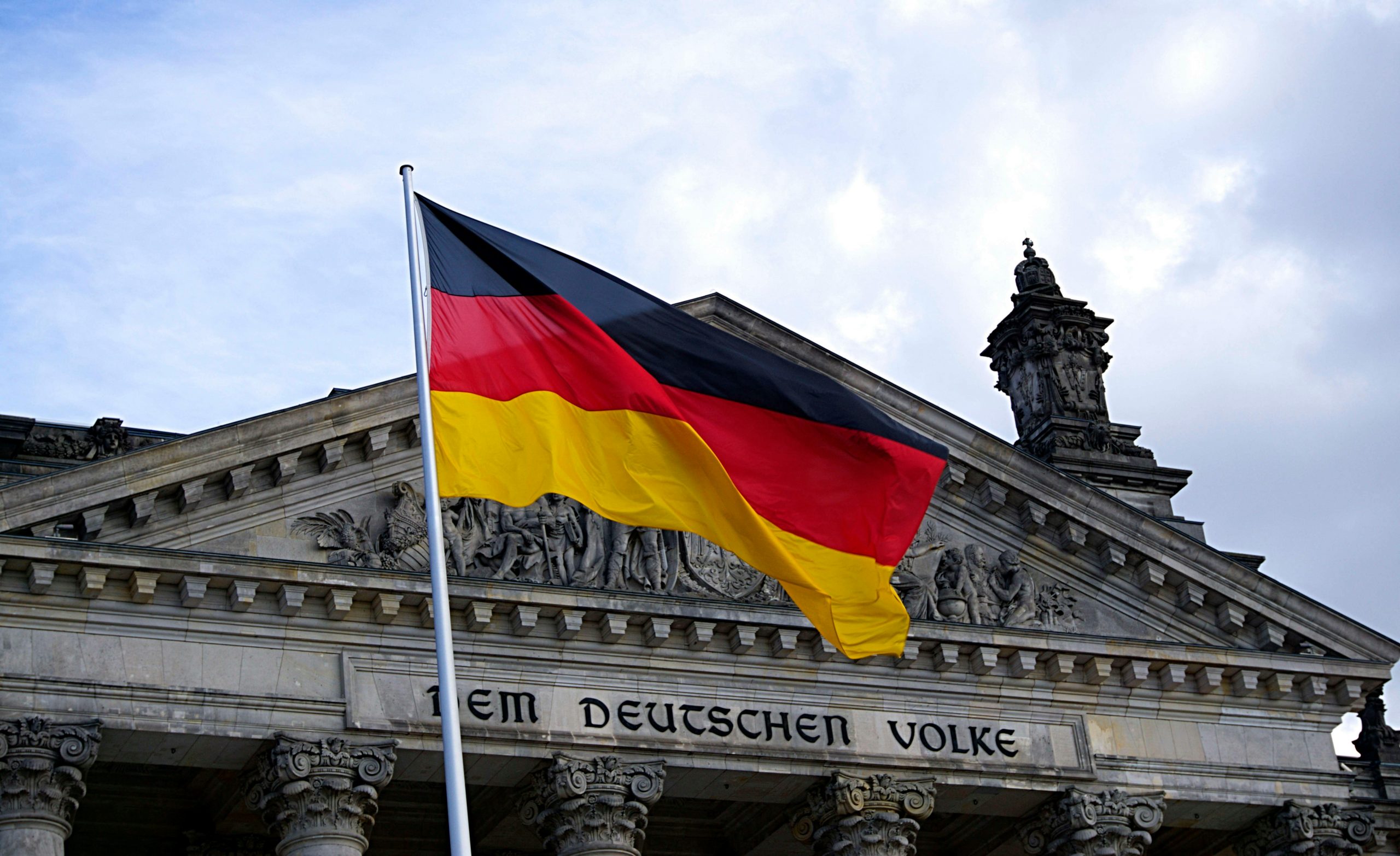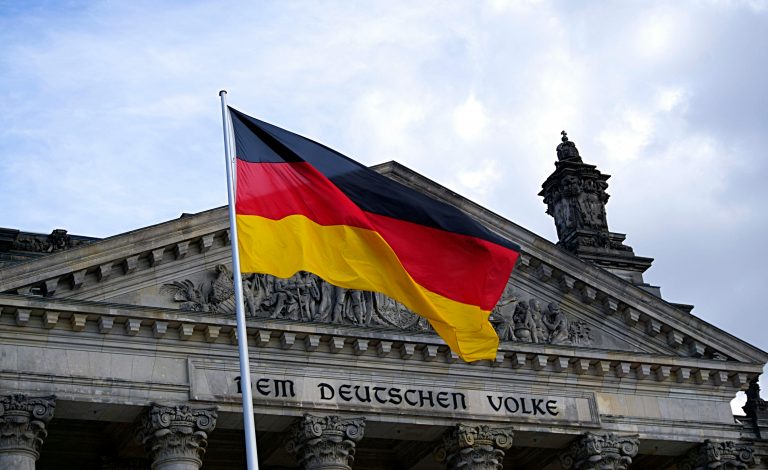Germany Deploys Eurofighter Jets to Poland for Enhanced NATO Air Patrols


Germany has announced plans to station Eurofighter Typhoon fighter jets at a Polish airbase to bolster NATO’s air defense on the alliance’s eastern flank.
This move, revealed by German Defence Minister Boris Pistorius on October 15, 2025, during a NATO ministers’ meeting in Brussels, aims to increase Germany’s visibility and responsiveness amid rising tensions with Russia. The jets will operate from Malbork Air Base in northern Poland, supporting armed patrol flights under NATO’s Operation Eastern Sentry.
Operation Eastern Sentry was launched in September 2025 following a major incursion where 19 Russian drones entered Polish airspace on September 10, prompting Poland to invoke NATO’s Article 4 consultations for the first time since Russia’s full-scale invasion of Ukraine in 2022.
Some drones were intercepted by NATO assets, including Dutch F-35s, while others crashed into Polish territory, causing minor damage and heightening fears of escalation. This incident marked the most serious Russian airspace violation over a NATO member since the Ukraine war began, prompting a rapid multinational response.
Register for Tekedia Mini-MBA edition 18 (Sep 15 – Dec 6, 2025): registration continues.
Tekedia AI in Business Masterclass opens registrations.
Join Tekedia Capital Syndicate and co-invest in great global startups.
Register for Tekedia AI Lab: From Technical Design to Deployment.
Pistorius emphasized that the deployment would make Germany “even more active, present, and visible” along NATO’s eastern border, focusing on traditional air surveillance, defense against incursions, and countering drone threats.
Prior to this permanent basing, Germany had contributed four Eurofighters from its Rostock-Laage base for temporary patrols over Poland. The Eastern Sentry mission involves a coalition of allies deploying assets to cover airspace from the Arctic to the Black Sea.
Mixed deployments for Baltic and Polish coverage; expanded patrols through December 2025. The mission is set to expand, with additional refueling zones established across the North Sea, Germany, Poland, and the Baltic states to support sustained operations.

NATO has also intercepted Russian MiG-31s over Estonia recently, underscoring the heightened alert level. This deployment occurs against a backdrop of escalating Russian provocations, including fighter jet incursions into Estonian airspace and surveillance flights over German supply routes.
Polish Prime Minister Donald Tusk described the September drone event as “the closest we have been to open conflict since World War Two.” While NATO stresses deterrence over confrontation, figures like U.S. President Donald Trump have advocated for more aggressive responses, such as shooting down intruding jets.
The alliance maintains that these measures strengthen collective defense without provoking direct escalation. Broader discussions tie it to NATO’s Baltic Air Policing enhancements amid multiple incursions.

NATO’s Baltic Air Policing (BAP) mission is a collective defense initiative to secure the airspace of Estonia, Latvia, and Lithuania, which lack sufficient air forces to patrol their skies independently.
Launched in 2004 after the Baltic states joined NATO, the mission ensures the integrity of NATO airspace, particularly along the alliance’s eastern flank near Russia.
It operates under NATO’s Integrated Air and Missile Defence System, with allied nations rotating fighter jet detachments to maintain a constant presence. Protect Baltic airspace, deter incursions, and respond to potential threats, particularly from Russian aircraft operating near or violating NATO borders.
Allies deploy for 4–6 month periods, with 3–4 nations contributing simultaneously. Recent contributors include Germany, France, Italy, Netherlands, Denmark, and Norway.
Operation Eastern Sentry: Initiated in September 2025 following a major Russian drone incursion into Polish airspace 19 drones on September 10, 2025, prompting Poland to invoke NATO’s Article 4. This has expanded BAP’s scope, with enhanced patrols over Poland and the Baltic states through December 2025.
Russian MiG-31s intercepted over Estonia, highlighting ongoing Russian provocations. Unidentified drones and Russian surveillance flights near German supply routes and Baltic borders.
Germany’s decision to station Eurofighters at Malbork, Poland, strengthens BAP’s southern flank, replacing temporary rotations from Rostock-Laage. Netherlands F-35s led drone interceptions in September 2025. France Rafale fighters scrambled for drone intercepts.
Denmark F-16s and a frigate for maritime-air integration. UK Potential for up to 6 Typhoons; already active in Polish patrols. Italy, Poland, Norway: F-35s and F-16s for regional coverage.
QRA jets scramble to intercept unidentified or hostile aircraft, often Russian military planes flying without transponders or flight plans near NATO airspace. Refueling zones across the North Sea, Germany, Poland, and the Baltics ensure sustained operations.
The mission has intensified due to Russia’s war in Ukraine and recent airspace violations, with NATO emphasizing deterrence over escalation. Demonstrates NATO’s unity and rapid response capability. Counters Russian attempts to test alliance resolve, especially after high-profile incidents like the Polish drone incursion.
Reinforces deterrence amid debates over stronger responses, such as calls from figures like Donald Trump to shoot down intruding aircraft. X posts reflect heightened awareness, with outlets like DPA International noting Germany’s deployment as part of BAP’s expansion.





